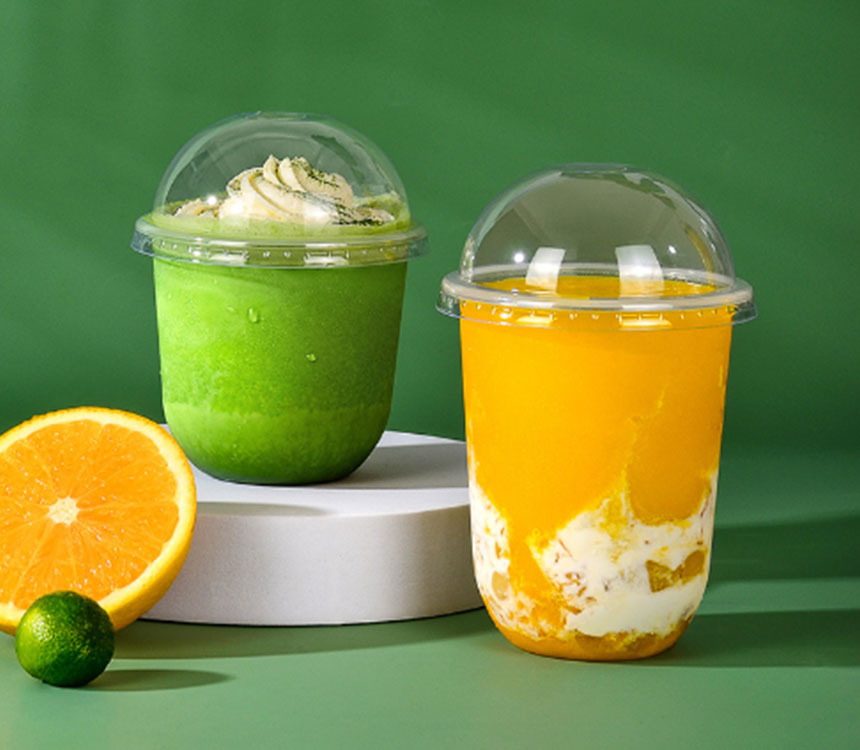
Thermoforming is a process that has gained significant traction in the food packaging industry. This method involves heating a sheet of plastic until it becomes pliable, then molding it into specific shapes to create durable and versatile packaging solutions. Understanding the nuances of thermoforming can help businesses make informed decisions about their packaging needs.
Understanding the thermoforming process
Thermoforming is a manufacturing process used to create plastic parts and products. It involves heating a plastic sheet until it becomes pliable, then forming it into a desired shape using a mold. The process is widely used in various industries, including automotive, medical, and consumer goods.
The basic steps of thermoforming include:
1. Heating: A plastic sheet is heated in an oven until it reaches a soft, pliable state. The temperature and heating time depend on the type of plastic being used.
2. Forming: The heated plastic sheet is then placed over a mold and formed into the desired shape using vacuum or pressure.
3. Trimming: The formed plastic part is trimmed to remove any excess material and achieve the final dimensions.
4. Finishing: Additional processes such as painting, printing, or assembly may be performed to complete the product.
Thermoforming offers several advantages, including:
– Cost-effectiveness: Thermoforming is a relatively low-cost manufacturing process, especially for large production runs.
– Versatility: The process can be used to create a wide range of shapes and sizes, making it suitable for various applications.
– Fast production: Thermoforming can produce parts quickly, reducing lead times and increasing efficiency.
Applications of thermoforming in food packaging
Thermoforming is a popular choice for food packaging due to its ability to create customized, protective, and visually appealing packaging solutions. The process is used to produce a wide range of packaging types, including trays, clamshells, blisters, and more.
One of the key benefits of thermoforming in food packaging is its ability to create airtight seals, which helps to preserve the freshness and quality of food products. Thermoformed packaging can also be designed to be tamper-proof, ensuring the safety and integrity of the packaged food.
Another advantage of thermoforming is its ability to produce packaging with high clarity and gloss, which enhances the visual appeal of the product. This is particularly important for consumer-facing packaging, where the presentation of the product can significantly impact sales.
Thermoforming is also a sustainable packaging solution, as it can be made from recyclable materials and is often more lightweight than other packaging options. This can help to reduce the environmental impact of food packaging and appeal to environmentally conscious consumers.
Benefits of using thermoforming for food packaging
Thermoforming offers several benefits for food packaging, including:
1. Customization: Thermoforming allows for the creation of custom packaging designs that can be tailored to specific product requirements. This can help to differentiate products in the market and enhance brand recognition.
2. Protection: Thermoformed packaging provides excellent protection for food products, helping to prevent damage during transportation and storage. It can also be designed to be moisture-resistant, UV-resistant, and puncture-resistant.
3. Cost-effectiveness: Thermoforming is a cost-effective packaging solution, especially for large production runs. The process is highly efficient and can produce large quantities of packaging in a short period of time.
4. Sustainability: Thermoforming can be made from recyclable materials, reducing waste and environmental impact. The lightweight nature of thermoformed packaging also helps to reduce transportation costs and carbon emissions.
5. Shelf life extension: Thermoformed packaging can be designed to create airtight seals, which helps to extend the shelf life of food products. This can reduce food waste and improve the overall sustainability of the packaging solution.
Challenges and considerations in thermoforming for food packaging
While thermoforming offers many benefits for food packaging, there are also some challenges and considerations to keep in mind. These include:
1. Material selection: Choosing the right material for thermoforming is crucial, as different materials have different properties and performance characteristics. Common materials used in thermoforming include PET, PVC, PS, and ABS.
2. Tooling costs: The upfront costs of creating molds and tooling for thermoforming can be significant. However, these costs are often offset by the cost savings achieved through high-volume production.
3. Limited design flexibility: Once a mold has been created, it can be difficult to make changes to the design. This can limit the ability to make iterative improvements or changes to the packaging design.
4. Production speed: While thermoforming is a fast production process, the speed can be affected by factors such as mold cooling time and cycle time. Careful planning and optimization are required to maximize production efficiency.
5. Environmental impact: While thermoforming can be a sustainable packaging solution, the environmental impact of the production process, including energy consumption and emissions, should be considered.
By understanding the benefits and challenges of thermoforming, businesses can make informed decisions about whether this process is the right choice for their food packaging needs. With careful planning and consideration, thermoforming can offer a cost-effective, sustainable, and visually appealing packaging solution for a wide range of food products.












